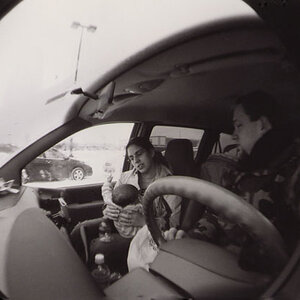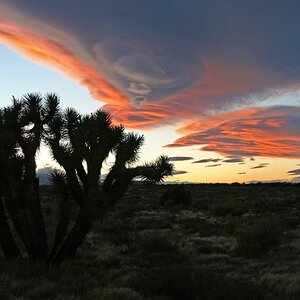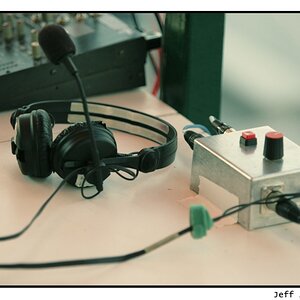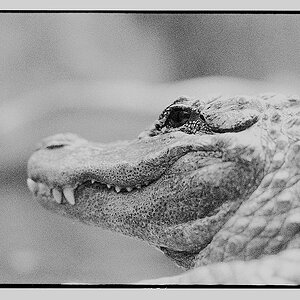kjpshoot
TPF Noob!
- Joined
- Jun 3, 2018
- Messages
- 26
- Reaction score
- 7
- Can others edit my Photos
- Photos OK to edit
Wow that was helpfulI only just realized i didnt use the face detector, could that also be it?I hate using a tripod, guess i need to get used to it.I noticed the softness right away. Zooming in confirmed the camera moved.
You should concentrate in improving your hand-holding techniques, not 'getting used to it'.
Facial recognition won't affect how well you hold your camera still.
Improving your Hand-Holding Technique


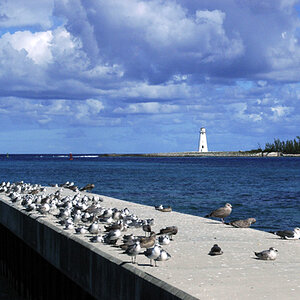
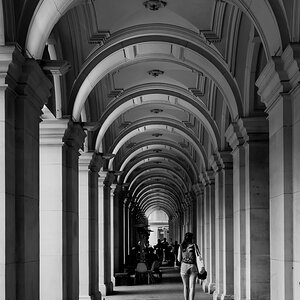

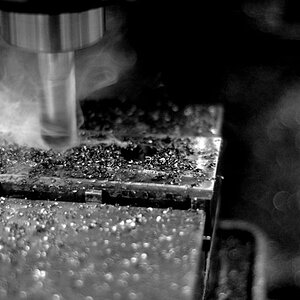
![[No title]](/data/xfmg/thumbnail/35/35265-c9ea3efd2c618a57ea136e63ad106880.jpg?1619736970)
![[No title]](/data/xfmg/thumbnail/36/36303-10b1a386a9a00cf90fb7605d2d2c48c1.jpg?1619737497)
